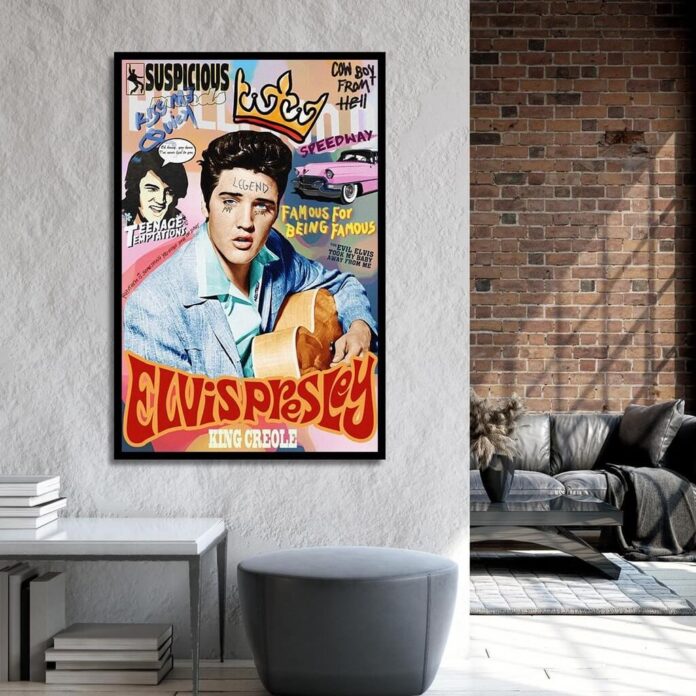Imagine being surrounded by vibrant colors and intricate designs, each brushstroke telling a story of its own. Now, add the sweet melodies of a soulful symphony playing in the background, creating a harmonious blend of sound and sight. In this blog post, we will delve into the fascinating world of music wall painting and explore how these masterpieces capture the essence of both art forms in perfect harmony. Join us on this captivating journey as we uncover the beauty and creativity that comes from uniting music and art.
Famous Music Paintings and Their Meanings
Music paintings have been a source of inspiration for artists throughout history, leading to the creation of some of the most iconic and beloved paintings. These music paintings not only capture the essence and beauty of music but also hold deeper meanings that reflect the artist’s perspectives and emotions. In this section, we will explore some famous music paintings and their underlying messages.
1. The Starry Night by Vincent Van Gogh
One of Van Gogh’s most recognizable works, The Starry Night is a depiction of a star-filled sky over a small village. The swirling brushstrokes and vibrant colors convey a sense of movement and energy, representing the power and dynamism of music. However, there is also a melancholic undertone to the painting as it was created during Van Gogh’s stay in an asylum, where he found comfort in painting while struggling with mental illness. This duality between joy and sorrow reflects the complex relationship between art and emotions.
2. An Old Man Playing Guitar by Johannes Vermeer
In this intimate painting, Vermeer captures an old man engrossed in playing his guitar. The rich details in the instrument highlight its importance as both an object of beauty and a tool for creating beautiful music. This painting also symbolizes the passing down of traditions through generations, as seen through the young boy observing in admiration behind the old man. Vermeer’s use of light further adds depth to this piece, emphasizing how music can bring warmth into one’s life.
3. Dance at Le Moulin de la Galette by Pierre-Auguste Renoir
Renoir’s masterpiece portrays people dancing at Le Moulin de la Galette – one of Paris’ popular outdoor dance halls during 19th century France. While this scene may seem lively with its bustling crowds and vibrant colors, it holds deeper meaning as it reflects society’s desire for leisure activities amidst industrialization and urbanization. The gentle rhythm of the music in the painting is a reminder that amidst chaos, we can find moments of harmony and joy through music.
4. The Scream by Edvard Munch
Known for its haunting imagery, The Scream is an expressionist interpretation of anxiety and despair. However, Munch also intended for this painting to represent the universal feeling of alienation and isolation felt in modern society. The swirling elements in the sky could be seen as sound waves or musical notes, conveying how music has the power to evoke strong emotions within us.
These are just a few examples of famous music paintings and their meanings. Each one showcases the unique relationship between music and art, emphasizing how both forms can move us in profound ways. As we continue to explore more music paintings, we will discover how melodies can be transformed into visual masterpieces that transcend time and space.
The Symbolism Behind Music Paintings
Music has long been considered a universal language, capable of evoking emotions and conveying messages without the use of words. Similarly, art has the power to communicate ideas and feelings through visual representation. When these two forms of expression are combined, they create a dynamic and powerful medium known as music paintings.
Conclusion: The Enduring Beauty of the Harmony Between Music and Art
Throughout history, the relationship between music and art has been a source of inspiration for artists, musicians, and audiences alike. As we have seen in this exploration of music paintings, the harmonious fusion of these two forms has produced some of the most breathtaking works of art.
From Renaissance paintings depicting heavenly scenes filled with angelic musicians to modern-day abstract pieces that capture the rhythm and emotion of various musical genres, it is evident that music and art are intertwined in ways that cannot be easily separated.







